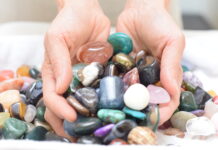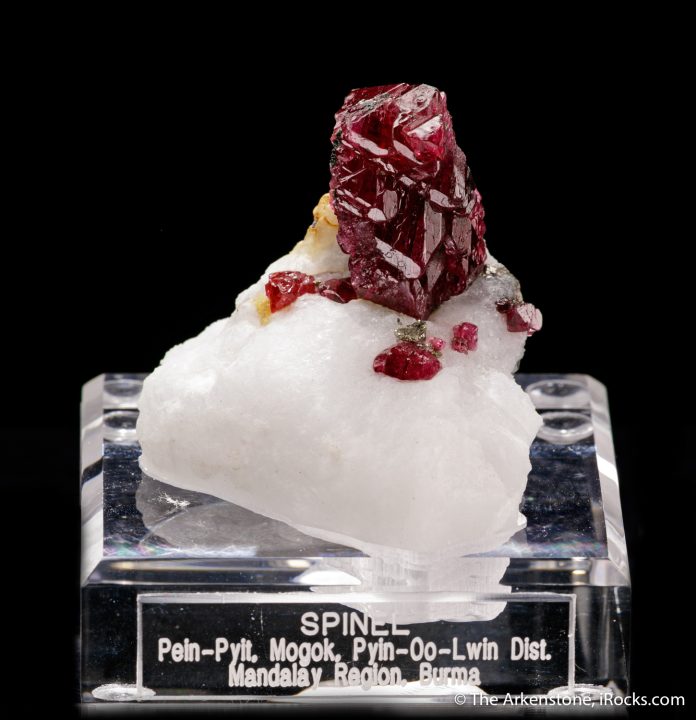
Spinel gemstone is a captivating and often misunderstood beauty in the world of gems. Often mistaken for gems like ruby and sapphire, spinel has a history as rich as its colors. Valued for its vibrant hues, exceptional durability, and natural brilliance, spinel is highly valued by collectors and jewelers alike.
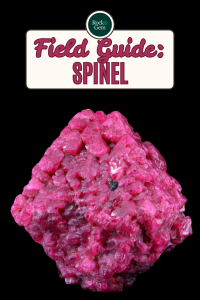
How Spinel Gemstones Form in Nature
Spinel forms in a geological environment similar to corundum (sapphire and ruby) and often occurs alongside these minerals. It typically forms in metamorphic rocks like marble or gneiss, under high temperature and pressure. Spinel senso stricto is a magnesium aluminum oxide (MgAl2O4), but incorporations of trace elements like iron, chromium or cobalt give rise to its variety of colors. The spinel group of minerals comprises over 40 mineral species and includes many common minerals such as magnetite, chromite and franklinite. Spinel usually crystallizes as octahedrons, with contact twinning on the octahedral faces common. This type of crystal twinning is called “spinel twins” and is found in other cubic minerals such as gold and galena.
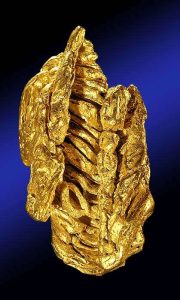
Arkenstone, iRocks.com
Spinel Gemstone Colors and What Causes Them
Spinel has a wide spectrum of vibrant hues; deep reds, blues, purples, pinks and even black. Red spinel, colored by chromium, is often mistaken for ruby. Blue spinel contains trace amounts of iron or cobalt, while pink and purple varieties contain a mix of these elements. Clear, colorless spinel is rare, but it does exist.
Where Spinel Gemstones Are Found Worldwide
Spinel is found in various locations, often in the same deposits as rubies and sapphires. Historically, some of the finest red spinels come from the Mogok region of Myanmar (Burma). Sri Lanka is a significant source of spinel with colors including pinks, purples and blues. Some stones from Sri Lanka exhibit an alexandrite-type color change effect. The Mahenge region in Tanzania is famous for producing vibrant pink and red spinels. Deposits in Vietnam are notable for rich, cobalt-blue stones as well as for deep red. Madagascar produces spinels in various colors, including bright reds and oranges.
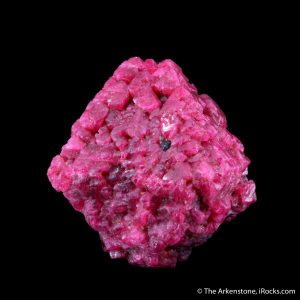
Arkenstone, iRocks.com
Spinel Gemstone Uses in Jewelry and History
Historically, spinel was misidentified as ruby, with notable examples like the “Black Prince’s Ruby” in the British Crown Jewels, which was later revealed to be spinel. Spinel is durable, an 8 on the Mohs scale, making it ideal for wearable jewelry. Unlike many gemstones, spinel is not treated or enhanced, making natural stones highly valued by collectors and jewelers. It is often more economical than buying high-quality rubies of the same size.
Metaphysical Properties of Spinel Gemstones
Spinel is considered a gemstone of renewal and energy. It is believed to encourage revitalization, reduce stress, and inspire a sense of hope and joy. Red spinel is associated with passion and vitality, while blue spinel is linked to calming and soothing energies.
Spinel Gemstone: Final Thoughts
The spinel gemstone has emerged from the shadows of ruby and sapphire to claim its own place in the spotlight. With its range of natural colors, excellent wearability, and increasing appreciation by gem lovers, spinel is more than just a ruby look-alike—it’s a gem of distinction. Whether you’re drawn to its fiery reds or calming blues, spinel offers a beautiful and meaningful addition to any collection.
This article about spinel previously appeared in Rock & Gem magazine. Story by Dr. Stuart Mills and Pam Freeman. Click here to subscribe.


